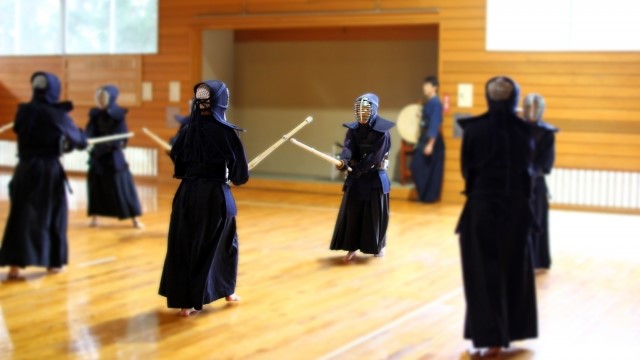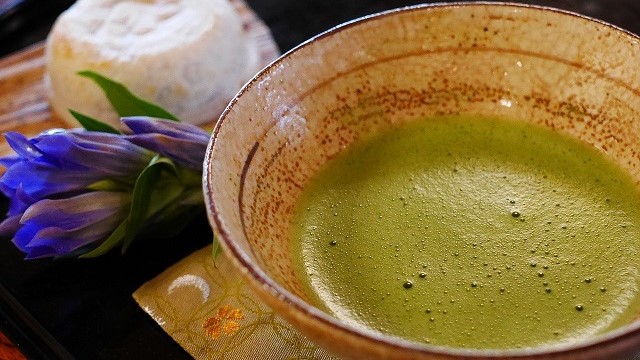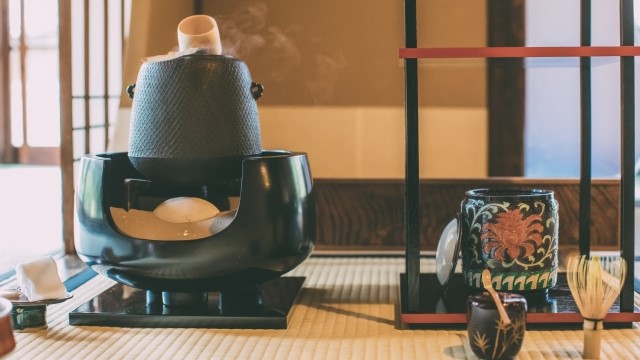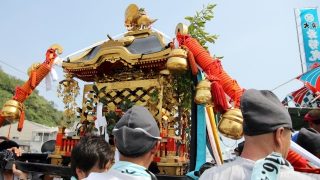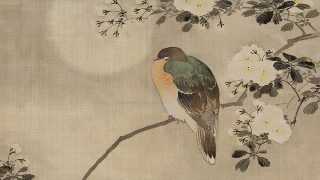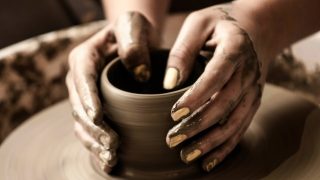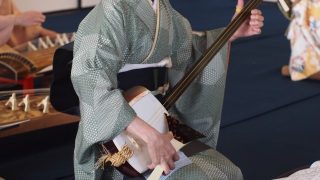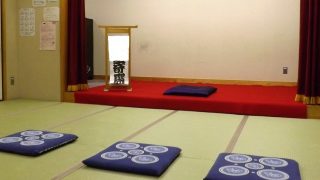About Tango no sekku (端午の節句)
“Tango no sekku” on May 5th is also known as Children’s Day, a festival to pray for boys’ healthy growth and happiness. For reference, Hinamatsuri, known as “Doll’s Festival” for girls, is on March 3rd.
Tango is one of Japan’s five seasonal festivals, and it takes place on May 5th. In ancient China, it was customary to drive away evil spirits by picking medicinal herbs and drinking iris (菖蒲) alcohol in the fields and mountains on May 5th. It is said that it was introduced to Japan in the Nara period.
In Japan, irises were hung from the eaves on May 5th to prevent disasters.
During the Heian period (794-1185), the bow shooting ceremony became popular at court as a Tango ritual. The “Makurano soshi,” one of Japan’s most famous essays, also depicts a gorgeous event.
During the Azuchi-Momoyama period, Tango no seek became a Boys’ Festival because the pronunciation of iris is connected to the word “Shobu (尚武),” which means “respect for martial arts.”
After the Edo period, people generally decorated samurai dolls and carp streamers to imitate the samurai family and ate Chimaki and Kashiwa mochi (rice cakes) to pray for the growth of boys and their success in life. May 5th became a national holiday as Children’s Day in 1948.
Hinamasuri’s topic is here!

Other name of Tango no sekku: Iris Festival
Since ancient times, iris has been used to ward off evil spirits because it is a medicinal herb with a strong fragrance. For this reason, Tango no sekku had a custom of sticking irises in the eaves of the house or taking a bath in iris water.
In the Heian period (794-1185), the iris matching game (comparing the length of iris roots) was popular, and in modern times, the iris klap game (bundling irises and hitting the ground together) was popular.
Sticking irises in the eaves (軒菖蒲)
A bunch of irises and mugwort are put in the house’s eaves to prevent evil spirits from entering the house.
Iris hot water (菖蒲湯)
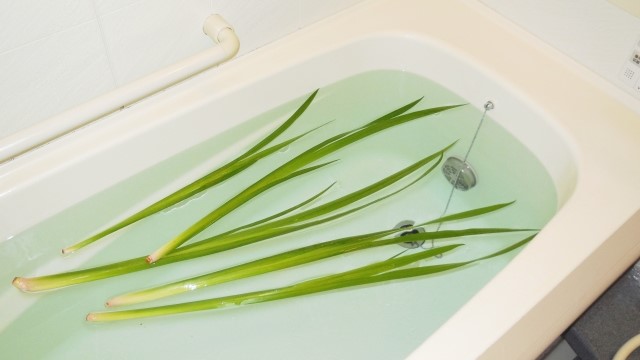
It is a custom to soak in hot water filled with iris leaves and roots to drive away evil. It is said to have started in the Edo period.
Carp streamer
Instead of the flags of the samurai family (Hatasashimono – small flags that marked the battlefield) and the blowing streamers, the people, in general, erected carp streamers.
After that, carp streamers gradually became the mainstream, even in the samurai family, as they wished for a boy’s success in life, inspired by the legend of a carp climbing a waterfall.
In the Edo period (1603-1868), there were only black carp, and it was not until the Meiji period (1868-1912) that red scarlet carp appeared.
Initially, In the nursery rhyme “Koi Nobori,” scarlet carp were considered children. It is said that scarlet carp became mother carp around the 1940s when children’s carp were added, and more and more families are decorating carp with the same number of children these days.
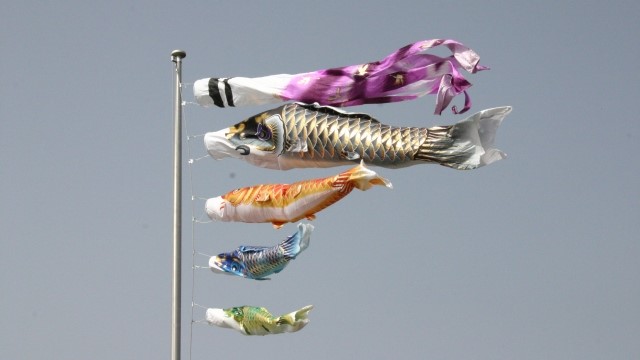
Tango no sekku’s ornaments
While carp streamers are displayed outdoors and indoors, they are decorated with Kabuto (helmet) and samurai dolls. Initially, it was a custom for warriors to display life-size armor outdoors, but eventually, it was miniaturized and became an indoor decoration. Since armors are meant to protect themselves, they are also meant to protect them from disease and disaster and to help them grow up safely.
It is said that it is best to start decorating between the spring equinox and mid-April. The best time to clean up is before the middle of May.
Decorated Kabuto (helmet)
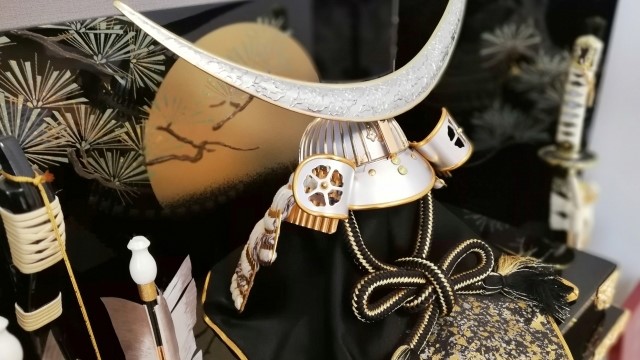
In the old days, Kabutos were made from shobu (Japanese iris), but later, they were made from thick paper and became a magnificent ornament. It is also used to decorate armor and decorative swords.
Samurai doll
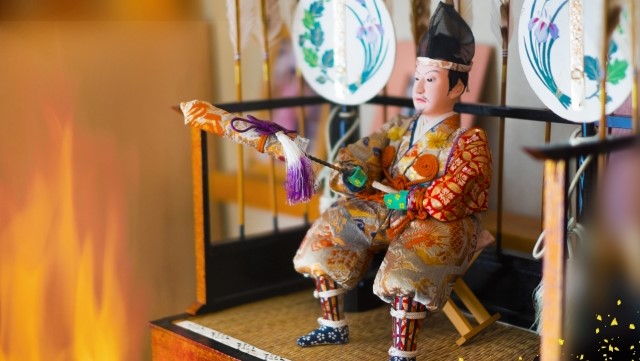
These dolls are made of brave heroes such as Kintaro, Minamoto Yoshitsune, and Kato Kiyomasa and are also called “May dolls.”
Tango no sekku’s food
Chimaki
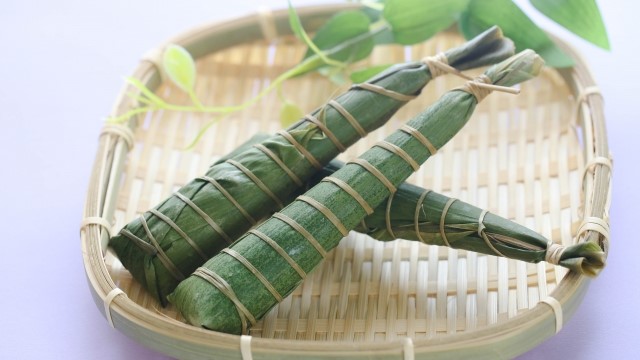
Chimaki is a steamed rice dumpling wrapped in bamboo leaves or iris leaves.
Chimaki, which is wrapped in the iris and other leaves, originated in ancient China with a person from a country called So (楚) during the Warring States period, Kutsugen(屈原). Although he admonished the king out of respect for his country, he was not listened to, and eventually, he was expelled from the country and threw himself into the river in disappointment. The origin of the Chimaki is said to be that the people of that time filled bamboo canisters with rice and threw them into the river to comfort the spirits of the people.
Kashiwa mochi
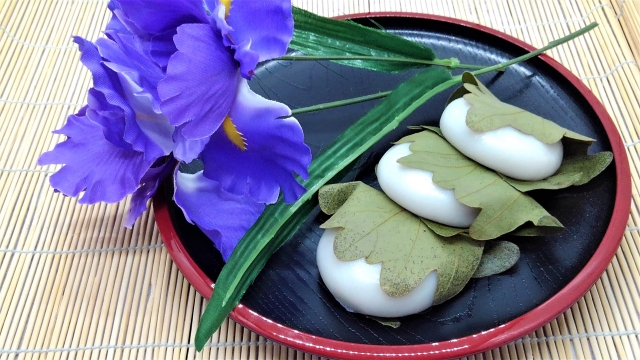
Kashiwa mochi is a sticky rice cake with red bean paste fillings wrapped in oak leaves.
Along with Chimaki, Kashiwa mochi is also an important food for the Tango no sekku. The old oak leaves do not fall off until the new leaves sprout. From there, it became a good luck charm to ensure that the children would continue from generation to generation without interruption.
What is the Hatsu sekku (first seasonal festival)?
When a baby boy is born, we celebrate the first set of festivals (Tango no sekku on May 5th), called the “Hatsu sekku”. It is an event to celebrate a newborn baby with a wish that it will grow up to be a healthy and strong man, and it has been going on since the Edo period.
It is expected that samurai dolls be displayed for the first New Tango no sekku from the parent’s house of the bride, but nowadays, both families share the cost of the dolls for their cute grandchildren since samurai dolls (May dolls) have the above meanings, so grandfathers and grandmothers choose them wholeheartedly for their grandchildren.



